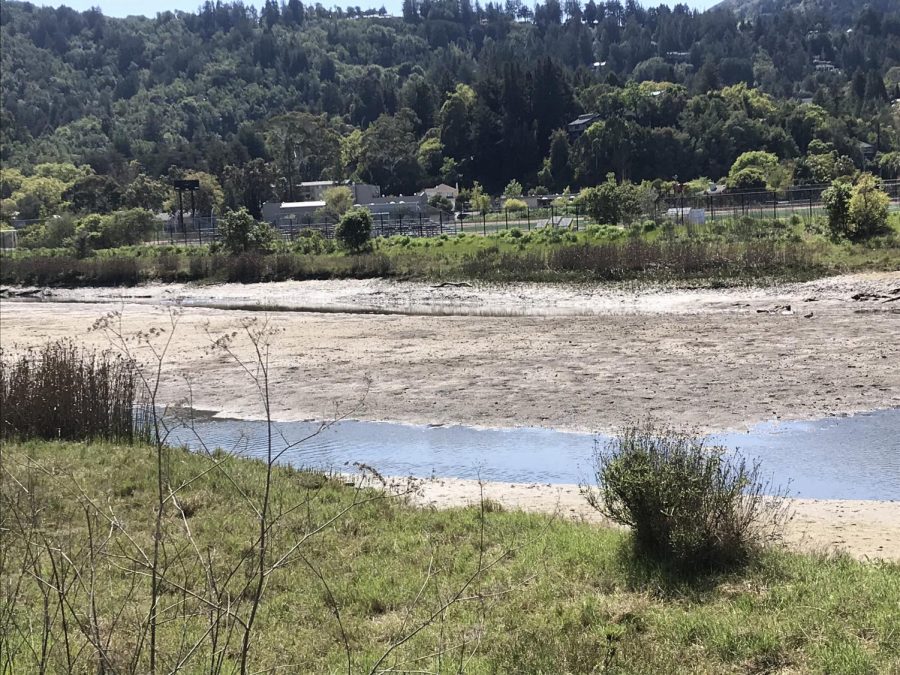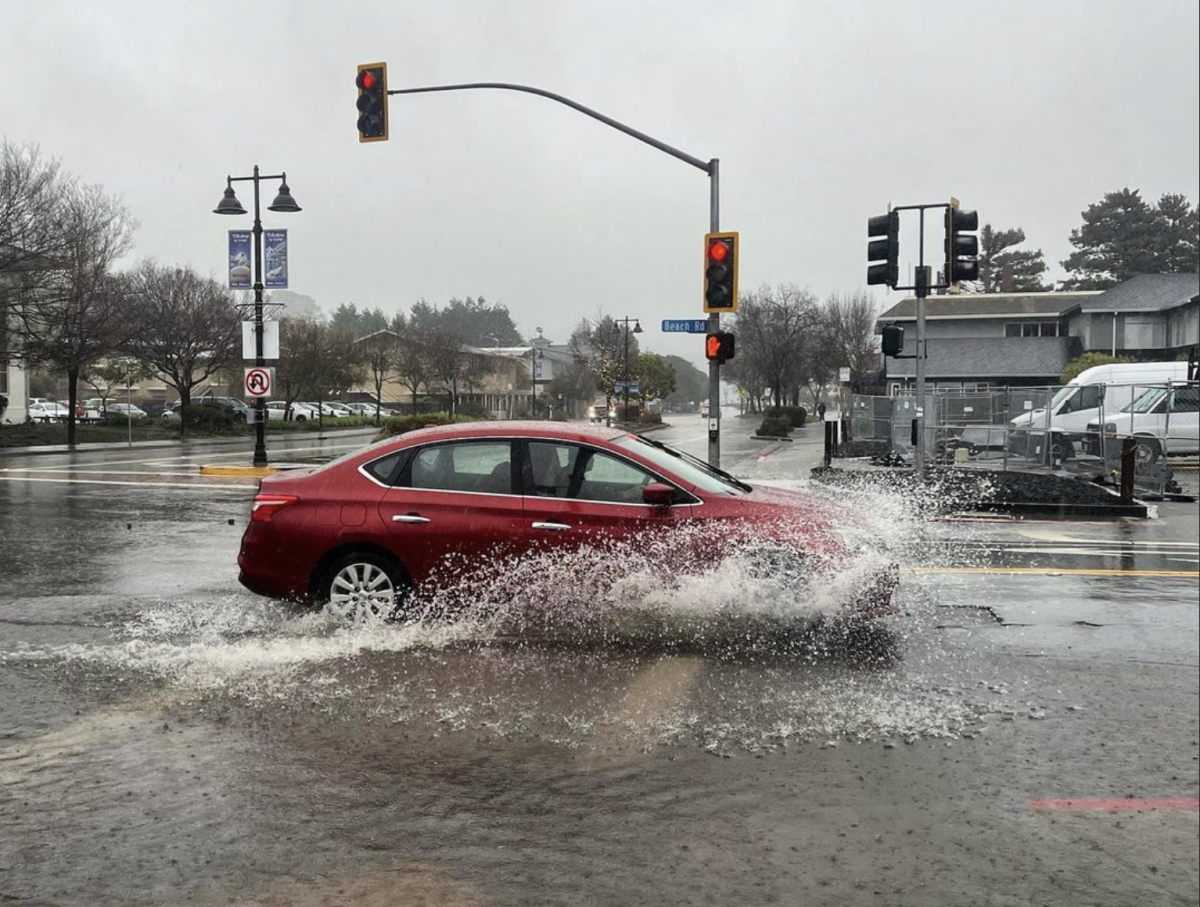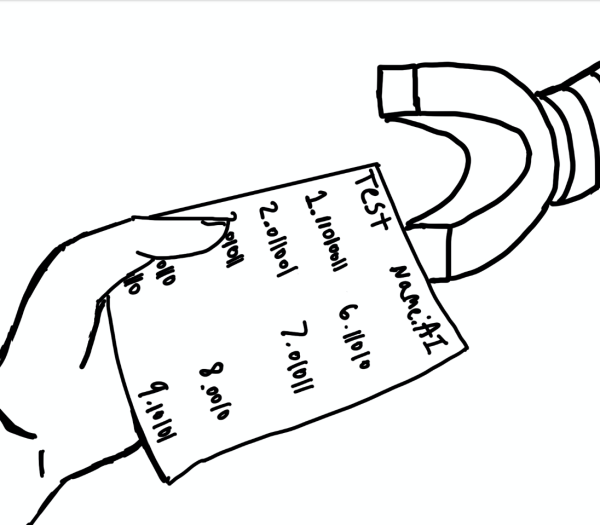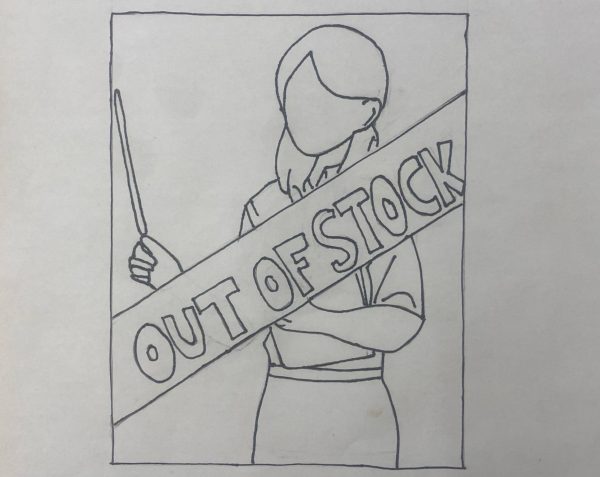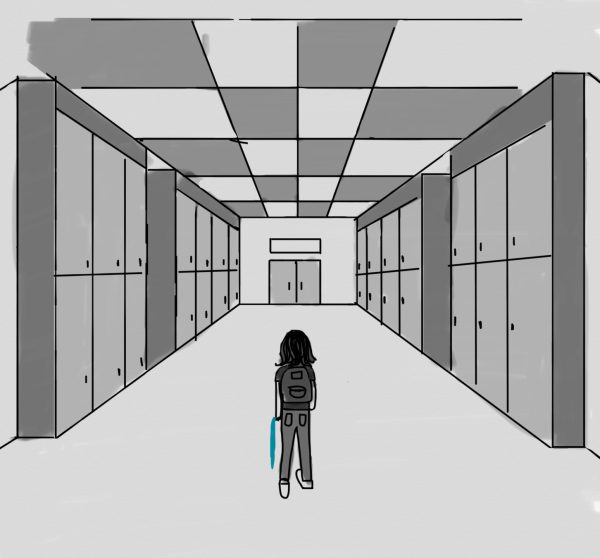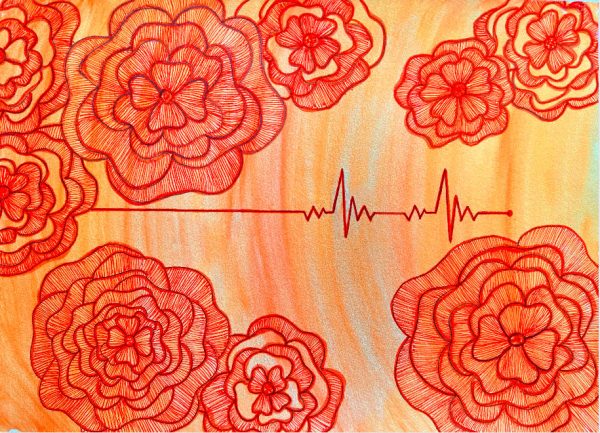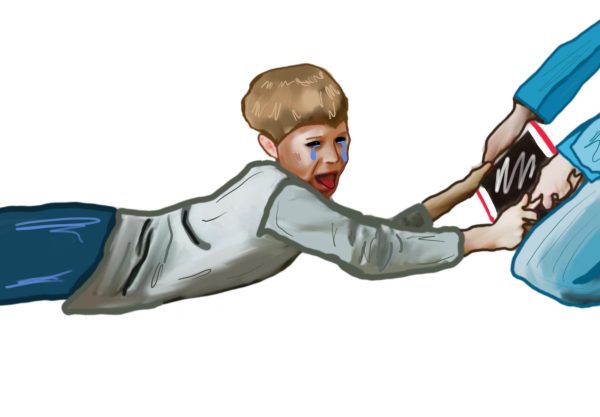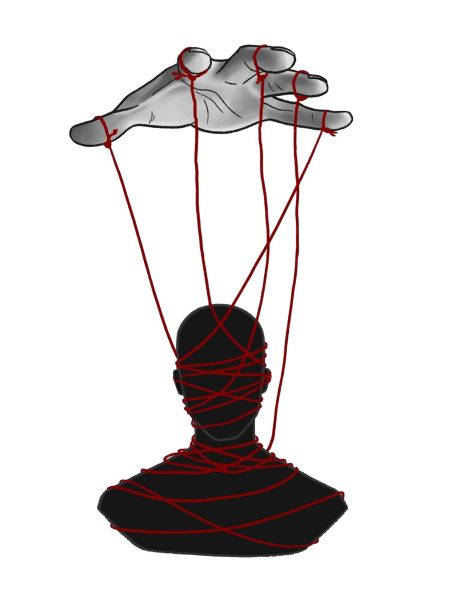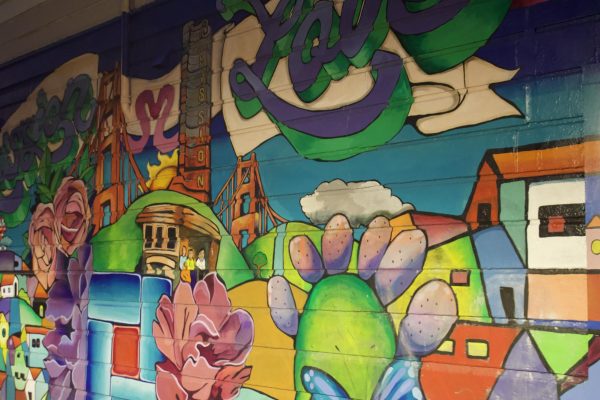Drought Returning to California?!
April 20, 2020
This year, California experienced its driest February on record and Marin County was one of the driest areas in the state. Marin County received .01 inches of rainfall over the month, according to Mercury News. During March of 2019, California climbed out of a 376-week drought. Currently, total rainfall in Marin County over the fiscal year (July 1, 2019, to June 30, 2020) is 14 inches below average, according to the Marin Municipal Water District(MMWD). Just a year after being droughtless, Marin County and California are on the path towards another drought.
A major concern regarding the historically low rainfall is that generally, California receives lots of rain. Christina Mountanos, a Water Specialist for MMWD, shares these concerns.
“Typically we would see lots of rain in February and sometimes in March, but March is when it begins to taper off,” Mountanos said.
According to Weather Spark, the rainy months for Marin County are from October to March. Since there was a rainless February, Marin will not meet its average rainfall this year. According to the MMWD, the average rainfall per year in Marin County is 52.56 inches. Currently, Marin County has received 32.62 inches of rain according to MMWD.
“It is usually very common to have rain in February. A February this dry is close to a 100 year record,” said Mountanos.
This is shocking, considering it occurred outside of the historic drought period. Months like these are what lead to droughts, according to Mountanos. Droughts are a major concern in California. According to Slate, when California is in a drought, wildfire season is more intense and will last longer,. The verdant valleys quickly dry out and become prime kindling for destructive wildfires. Also, a lack of rain will affect agricultural production across California. According to Bentoli the last drought reduced the acres used for agriculture because farmers were concerned about how dehydrated the soil would be after a harvest. Fallow crops, which are common in California dehydrate the soil quickly. So, without rain, farmers can’t plant as much in the fear that their soil will be dried out.
However, there are several ways to mitigate these impacts of the oncoming drought. Water conservation is the best way to prevent a water shortage during a drought season.
Josh Blum, a Redwood sophomore and avid skier, embraces the environment, so he wants to make sure California remains a pristine area. Because he is aware of the possibility of an oncoming drought, he does his best to combat it.
“[I shower] five to ten minutes twice a day, on a school day. I used to spend 20 minutes in the shower on weekends, but now I lowered it to around ten minutes,” Blum said.
Blum wants to conserve water hoping there will be more snow on the slopes. Decreasing shower time can make a big impact; considering that, according to the Shower Head Store, most showerheads release seven to ten gallons of water a minute. 100 gallons(a ten-minute shower) is an abundance of water and can be conserved by simply shortening shower time.
Another way to conserve water is by not pouring excess water down the drain. It’s the most simple way to conserve water, and yet it is overlooked by many because it seems like a small factor in the grand scheme of water conservation. Greenbrae resident Megan Hirschbein and her family save water by using every last drop of water from the tap or water bottles.
“Anytime we have water left over in water bottles or in my teakettle we use it to water our plants,” Hirschenbein said.
Using every last drop of water with a purpose may seem like a small step, but it accumulates over time becoming a factor in water conservation.
According to the MMWD rainfall for Marin County this year is 48 percent below average by mid April. Despite the rainy days in March and April, more rain is needed to recover from an arid February. Since Marin County water levels are still 40 percent below average, conservation is the best prevention in our control to mitigate the effects of a drought. Hirschbein believes it is important to always focus on water conservation.
“Being born and raised here and still living in California, a drought is always on the back of my mind,” Hirschenbein said.

